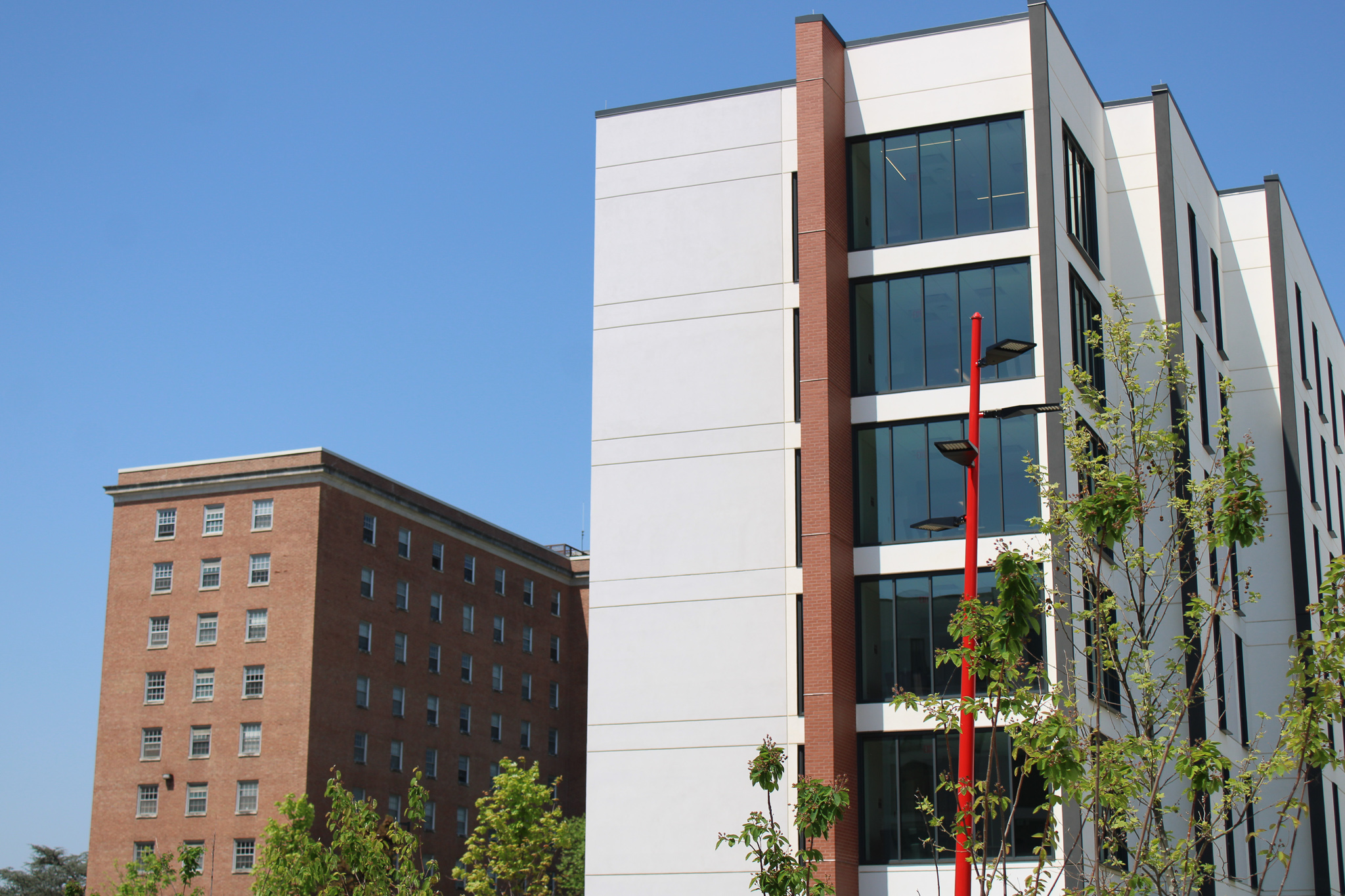Para leer este artículo en español, haga clic aquí.
University of Maryland students faced uncertainty this summer amid concerns that the school’s resident life department would not be able to provide enough housing for a flood of applicants.
In June, this university’s resident life department sent an email saying it has experienced a notable increase in on-campus housing requests. Since then, the department has been able to accommodate every first-year student who applied for housing by the May 1 deadline, according to a university spokesperson. The department also offered housing in residence halls to all of the incoming freshmen on the on-campus housing waitlist, the spokesperson said.
But some incoming students at this university said even though they were able to secure their housing, the higher-than-expected confirmation rate that this university said it had — and the housing uncertainty it caused — was stressful.
Freshman international business and marketing major Arden Lawson was frustrated when he and other incoming students had to grapple with the possibility that their housing may be compromised.
“I think people were really kind of frustrated, like it was not fair to them,” Lawson said.
[UMD DOTS to require registration for e-bikes and e-scooters]
Approximately 9,600 undergraduate students live in the 39 dorms on campus, and another 2,900 students live in public-private partnership apartment communities like South Campus Commons and Courtyards, according to Resident Life.
“We saw increased interest from both returning residents and incoming first-year students for on-campus housing this year,” the university spokesperson wrote in an email to The Diamondback.
Compared to last year, the department received about 1,200 more applications for housing and dining. The applications were equally split between incoming and returning students, according to the spokesperson.
Madeline Odom said she thinks that in the future, this university should not accept more students than it can accommodate in its freshman class so as to avoid housing capacity problems.
“It’s disrespectful to the freshman class because living in a dorm or living on-campus, that’s a great way to meet people and make new friends,” the incoming freshman criminology and criminal justice major said. “If I was living off campus, not knowing people, I would feel extremely isolated from the rest of the freshman class.”
[Supreme Court restricts affirmative action in college admissions]
In previous years, when the demand for on-campus housing was higher than the available capacity, Resident Life created “flex spaces” –– double and triple rooms adapted to accommodate an extra resident –– and temporary living solutions by converting dorm lounges into rooms.
There were three converted lounge spaces in fall 2014, one in fall 2016 and 42 in fall 2018, according to previous reporting by The Diamondback.
To avoid further use of converted dorms, cut down use of flex spaces and further prioritize providing incoming freshmen on-campus housing, more limits have been placed on housing availability for third, fourth and fifth year students since then.
Safiyah Fatima, an incoming freshman computer engineering major, said that if she had not gotten on-campus housing, she was considering commuting to this university from her house, which is about an hour away and out of state. Living in an off-campus residence or apartment complex would have cost too much, she said.
“Because of increasing housing prices it’s harder to find affordable housing on or off of campus,” Fatima said. “For out of state students who can’t travel and commute, it’s even more of an issue.”
CLARIFICATION: A previous version of this story and its headline implied there was a higher acceptance rate to the University of Maryland. There is a higher confirmation rate of university enrollment, which led to an increase in housing requests among accepted students. This story and its headline have been updated.



